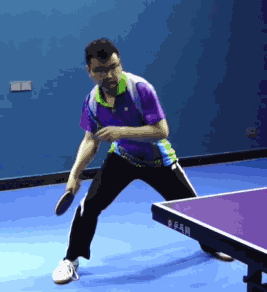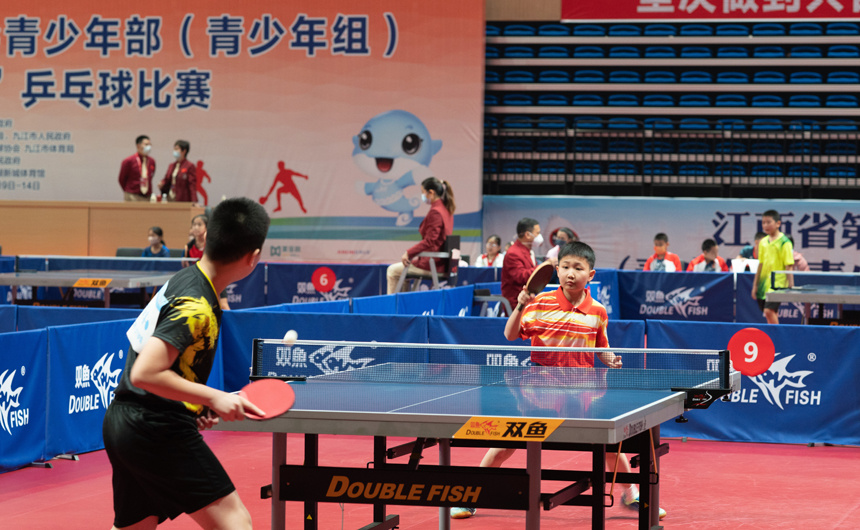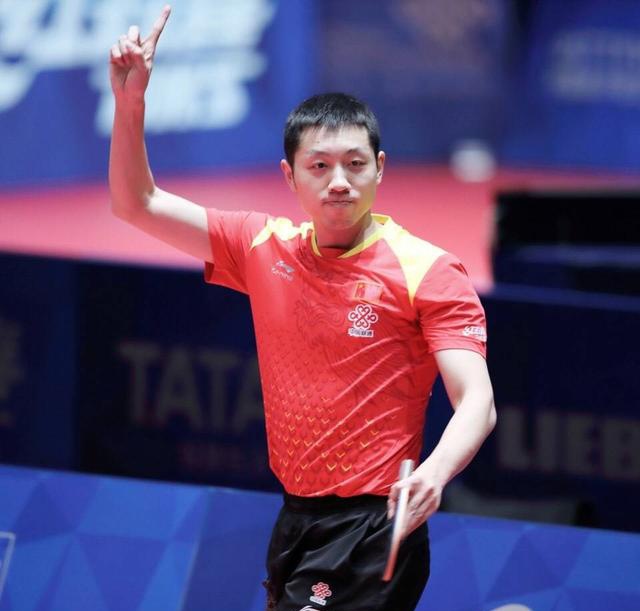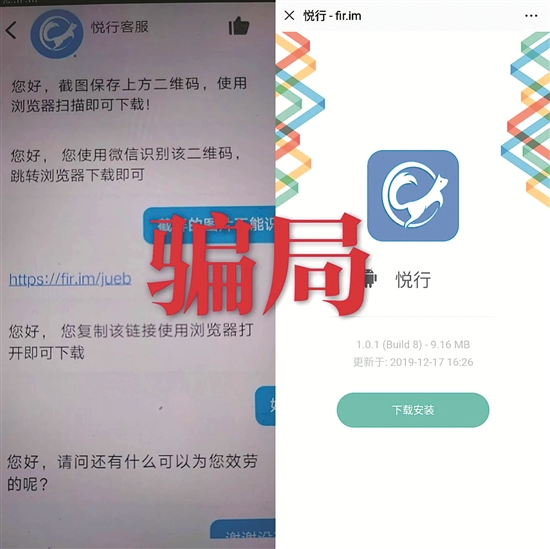彻底弄懂英语句子结构之时间状语从句一:定义、引导词及其用法
欢迎大家关注、留言、点赞和转发,更多有用的知识每日更新,助力考上985!
从本文开始逐个详细讲解各个状语从句的用法,首先来学习一下时间状语从句。

学习时间到啦!
一、时间状语从句的定义
在复合句中,作时间状语的从句称为时间状语从句,可置于句首、句中或句末。例如:
When I came in, he was reading.当我进来时,他正在读书。(置于句首)He was reading when I came in.当我进来时,他正在读书。(置于句末)
Where there is a will, there is a way.有志者事竟成。
二、时间状语从句的引导词
能够引导时间状语从句的引导词主要分为两类:常用引导词和特殊引导词。
1、常用引导词
when(当......时)、while(当......时)、as(当......时)、 before(在......以前)、after(在......以后)、since(自......以来)、till/untill(到......为止)、as soon as(一......就......)、by the time(到......时)等;
2、特殊引导词
the moment(一......就......)、the instant(一......就......)、the minute(一......就......)、the day(那天)、next time(下次)、every time(每次)、instantly(一......就......)、immediately(一......就......)、directly(一......就......)、no sooner...than...(一......就......)、hardly/scarcely...when...(一......就......)等;

Where there is a will, there is a way.有志者事竟成。
三、时间状语从句引导词的用法
(一)常用引导词的用法
1、when:表示在某一特定的时间点(段),主句的动作和从句的动作同时发生或先后发生。when 引导的时间状语从句的谓语动词既可以是非延续性动词,也可以是延续性动词。例如:
They were playing soccer on the playground when the storm came. 当暴风雨来的时候,他们正在操场上踢足球。(从句谓语为非延续性动词)Simon was happy when he read the book.西蒙读这本书时很高兴。(从句谓语为延续性动词)2、while:表示主句的动作和从句的动作同时发生或主句的动作发生在从句的动作过程中。while引导的时间状语从句的谓语动词须是延续性动词。例如:
She turned on the radio while l was driving.我开车时,她打开了收音机。(从句谓语为延续性动词)3、as:表示主句的动作和从句的动作同时或几乎同时发生,或主句的动作与从句的动作伴随进行。as 引导的时间状语从句的谓语动词多用表示动作或状态变化的动词。例如:
As he explored the town, he took a lot of pictures.他一边考察这个小镇,一边拍了很多照片。4、before:表示主句的动作发生在从句的动作之前。例如:
Before the sun came out, the sky was very dark.太阳出来之前,天很黑。5、after:表示主句的动作发生在从句的动作之后。例如:
After they got married, they moved to the countryside.他们结婚后就搬到农村去了。6、since:引导时间状语从句时,主句常用现在完成时(有时也可用一般现在时),从句常用一般过去时。例如:
She has taught us since I came to this school.自从我来到这所学校后,她就一直教我们。It is one year since he left his home.他已经离开家一年了。7、till/ until:引导时间状语从句时,若主句为肯定句,主句的谓语动词须是延续性动词,表示主句的动作持续到从句表示的时间点结束;若主句为否定句,常用于“not...until”结构中,表示“直到......才......”,主句的谓语动词须是非延续性动词,表示主句的动作自从句表示的时间点才开始。例如:
Walk straight on until you see a white building.一直走,直到你看到一座白色的建筑物。(主句为肯定句,主句谓语为延续性动词)Dont come in until you are called.直到有人叫你,你再进来。(主句为否定句,主句谓语为非延续性动词)Keep trying till you catch up.继续努力,直到你赶上为止。(主句为肯定句,主句谓语为延续性动词)8、as soon as:表示主句动作紧随从句动作而发生。例如:
As soon as he arrived in France, he called me.他一到法国就给我打电话了。9、by the time:表示到某一时间点为止,主句的动作已经完成,主句一般用完成时态。例如:
By the time l got back to school, the bell had rung.当我回到学校时,铃已经响了。
Where there is a will, there is a way.有志者事竟成。
(二)特殊引导词的用法
1、名词短语引导词的用法
every time, each time, next time, the last time, the first time, any time 等名词短语也可用来引导时间状语从句,表示“每当”“每次”“下次”等。注意:这些短语表示“每次”等之意,引导状语从句时,这些词前不加介词,其后也不加when 等。例如:
Every time I see him, he is working hard. 每次我见到他,他都在拼命工作。The first time I saw him, he was a school teacher.我第一次见他时,他是一名学校的老师。2、表示“一......就......”的引导词的用法
(1)as soon as, immediately, directly, instantly, the moment, the minute, the instant等引导的时间状语从句。例如:
Ill give you an answer immediately Ive finished reading your file.我一看完你的档案就给你答复。The moment I saw it, I fell in love with it. 我一看到它就爱上它了。(2)“no sooner...than...”、“hardly/scarcely...when...”引导的时间状语从句。此时,主句用过去完成时,从句用一般过去时。此外,当把no sooner, hardly/scarcely 提到句首时,主句用部分倒装。例如:
No sooner had he reached home than it began to rain. =He had no sooner reached home than it began to rain.他一到家天就开始下雨。Hardly had I told him the news when he stopped listening. =I had hardly told him the news when he stopped listening. 我一告诉他那则消息他就不听了。
坚持学完的你最棒,点个关注呗!
未完待续
欢迎大家关注、留言、点赞和转发,更多有用的知识每日更新,助力考上985!













